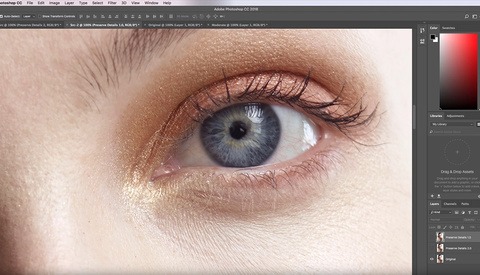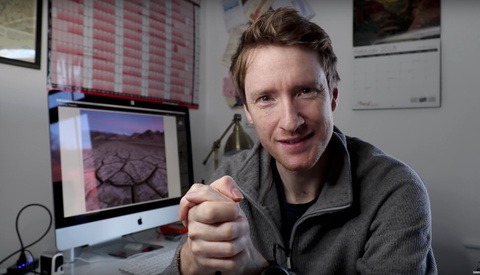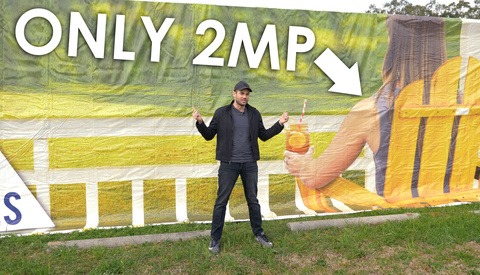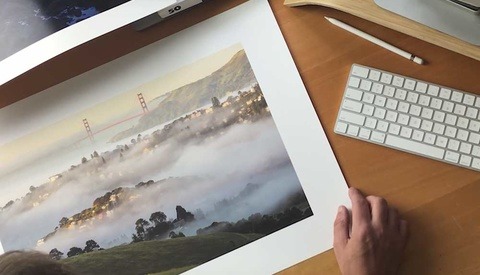Let's face it, these days most of us don't print the majority of our photographs. Typically they will live on forever on the Internet whether it be via social media, cloud storage solution, or your own website. In today's world, people rather compare sensor technology by pixel-peeping and zooming in to a photograph at 300 percent, criticizing the camera for not rendering a leaf out perfectly half a mile away on screen. What if we took a step back, away from our crazy magnification, and actually hit Cmd+p and looked at how photographs were meant to be viewed: printed.

































